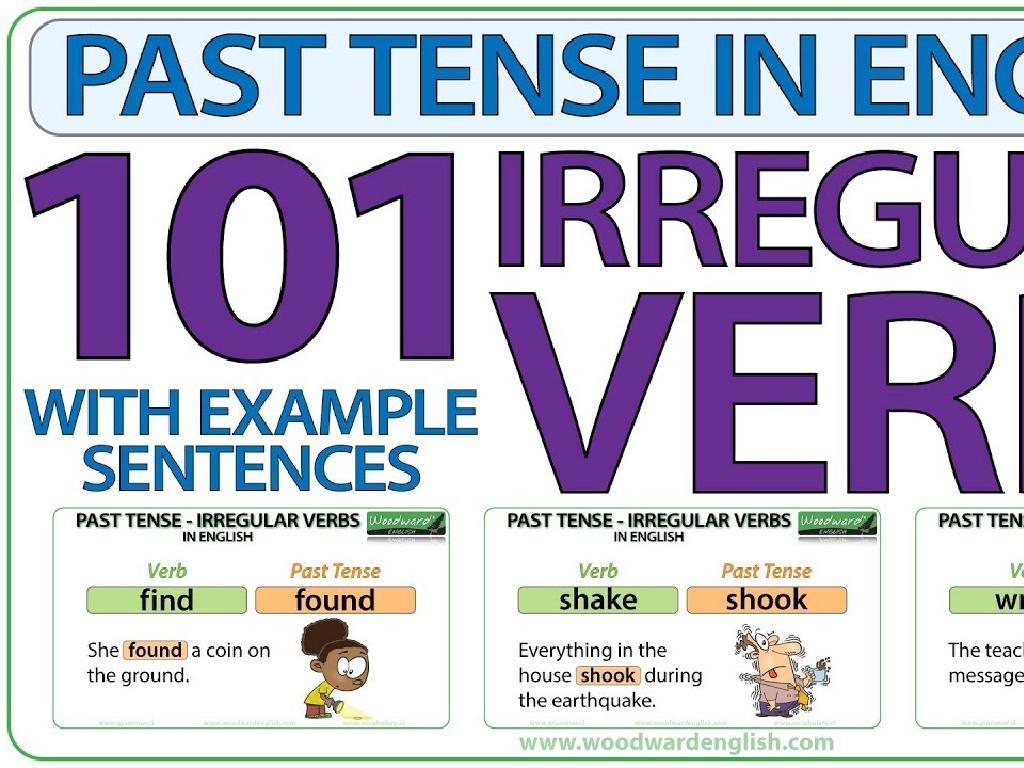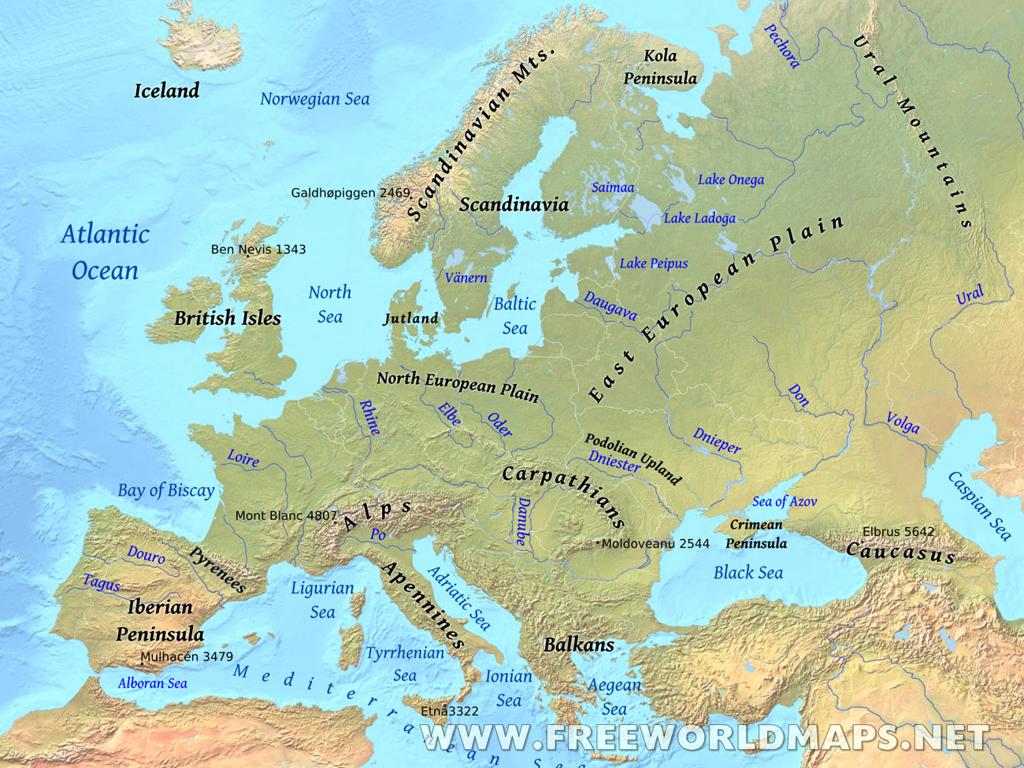Abbreviate Temperature, Mass, And Volume Units
Subject: Science
Grade: Seventh grade
Topic: Units And Measurement
Please LOG IN to download the presentation. Access is available to registered users only.
View More Content
Basics of Measurement: Temperature, Mass, and Volume
– Understanding measurement fundamentals
– Measurement is comparing an object to a standard unit
– Importance of standard units
– Standard units are consistent and understood globally
– Exploring temperature units
– Temperature is measured in degrees Celsius (°C), Fahrenheit (°F), or Kelvin (K)
– Exploring mass and volume units
– Mass is measured in grams (g) or kilograms (kg), and volume in liters (L) or milliliters (mL)
|
This slide introduces the concept of measurement and its importance in science. Measurement is the process of quantifying physical properties of objects or substances, which is essential for experiments and daily life. Standard units are crucial for clear communication and replication of results. Temperature, mass, and volume are fundamental concepts in science, with standard units such as Celsius, Fahrenheit, Kelvin for temperature; grams and kilograms for mass; and liters and milliliters for volume. Emphasize the need for standardization in scientific communication and how it facilitates collaboration across different regions and cultures. Provide examples of each unit in context to solidify understanding.
Abbreviating Temperature Units
– Understanding temperature
– Measure of how hot or cold something is
– Celsius and Fahrenheit scales
– °C used globally, °F mainly in the U.S.
– Reading a thermometer
– Match the mercury level to the scale
– Abbreviations in science
– Use °C for science, e.g., water boils at 100°C
|
This slide introduces students to the concept of temperature and its measurement in science. Begin with a basic definition of temperature as a measure of thermal energy. Explain the two most common scales: Celsius and Fahrenheit, noting that Celsius is the standard in scientific contexts. Demonstrate how to read a thermometer, emphasizing the importance of accuracy in scientific experiments. Conclude by discussing the abbreviation of temperature units, with Celsius being the preferred unit in scientific communication. Provide examples of common temperatures, such as the freezing and boiling points of water, to help students become familiar with these units.
Understanding Mass in Science
– Mass: Measure of matter
– Mass is the amount of matter in an object, not dependent on location.
– Mass vs. Weight: They’re different
– Weight is mass affected by gravity; mass is constant, weight can change.
– Common mass units: g and kg
– Grams (g) for small objects, kilograms (kg) for larger amounts of matter.
– Abbreviating mass: Scientific shorthand
– Use ‘g’ for grams, ‘kg’ for kilograms when noting measurements in science.
|
This slide introduces the concept of mass and its distinction from weight, which is a common point of confusion. Mass is a fundamental concept in science, representing the amount of matter in an object and is constant regardless of location. Weight, on the other hand, is the force exerted by gravity on that mass and can vary depending on where the object is in the universe. Emphasize the use of grams and kilograms as standard units of mass in the scientific community, and the importance of correctly abbreviating these units to maintain clarity in scientific communication. Provide examples of objects with known mass and ask students to practice abbreviating the units.
Understanding Volume Units
– Volume: space a substance occupies
– Common units: Liters (L), milliliters (mL)
– 1 liter (L) = 1,000 milliliters (mL)
– Measuring liquids with volume units
– Use graduated cylinders to measure liquid volume
– Abbreviating volume in scientific notation
– Use ‘L’ for liters and ‘mL’ for milliliters in lab reports
|
Volume is a fundamental concept in science, representing the amount of space that a substance (usually a liquid) occupies. This slide introduces students to the metric units of liters and milliliters, which are commonly used to measure liquid volume. Emphasize the importance of accurate measurement in scientific experiments and the need for consistent abbreviation of units. Provide examples of measuring liquids using graduated cylinders and how to correctly write these units in scientific work. Encourage students to practice measuring different volumes and to become familiar with converting between liters and milliliters.
Converting Units: Temperature, Mass, and Volume
– Purpose of unit conversion
– Temperature scale conversion
– Convert Celsius to Fahrenheit and vice versa
– Mass: grams to kilograms
– 1 kilogram equals 1000 grams
– Volume: milliliters to liters
– 1 liter equals 1000 milliliters
|
Understanding unit conversion is crucial for scientific measurements as it allows for standardization and comparison. When discussing temperature, students should learn how to convert between Celsius and Fahrenheit to understand weather reports and scientific experiments. For mass, converting grams to kilograms is essential for measuring larger quantities in a manageable way. Volume conversions from milliliters to liters are used in everyday situations, such as cooking or measuring liquids. Provide students with practice problems to solidify their understanding of these conversions and explain the importance of precision in scientific contexts.
Abbreviating Units in the Real World
– Temperature in forecasts
– Degrees Celsius (°C) or Fahrenheit (°F)
– Mass units for fruits
– Kilograms (kg) or pounds (lb) for weight
– Volume in recipes
– Liters (L) or milliliters (mL) for liquids
|
This slide aims to show students how units of measurement for temperature, mass, and volume are used in everyday life. For temperature, discuss how weather forecasts use degrees Celsius or Fahrenheit and how body temperature is measured. For mass, use the example of weighing fruits at the grocery store, where kilograms or pounds are the standard units. For volume, explain how recipes require precise measurements of liquids in liters or milliliters. Encourage students to think of other examples where they encounter these units in their daily lives and to practice abbreviating and converting between them.
Class Activity: Measure and Convert
– Measure items’ temperature, mass, volume
– Use appropriate measuring tools
– Thermometers for temp., scales for mass, cups for volume
– Record and abbreviate units
– E.g., Celsius (°C), grams (g), liters (L)
– Convert units of measurement
– Practice converting, like °C to °F, grams to pounds (lbs), liters to gallons
|
This activity is designed to give students hands-on experience with measuring and converting different units. Provide a variety of items for students to measure. They should use thermometers for temperature, scales for mass, and measuring cups for volume. After recording their measurements, students will practice abbreviating the units. Finally, they will convert these measurements into different units, reinforcing their understanding of the relationship between them. Possible activities: 1) Measure the temperature of water at different temperatures. 2) Weigh various classroom objects. 3) Measure the volume of different liquids. 4) Convert measurements between metric and imperial systems. This will help students become familiar with practical applications of measurement in science.
Conclusion: Units of Measure & Q&A
– Recap: Units of temperature, mass, volume
– Celsius (°C), Fahrenheit (°F), Kelvin (K); grams (g), kilograms (kg); liters (L), milliliters (mL)
– Importance of correct unit abbreviation
– Accurate communication in science
– Unit conversion significance
– Essential for experiments & real-life applications
– Open floor for questions
|
As we conclude, remember that understanding and correctly abbreviating units like Celsius (°C), Fahrenheit (°F), Kelvin (K) for temperature; grams (g), kilograms (kg) for mass; and liters (L), milliliters (mL) for volume is crucial in science. It ensures clear communication and prevents errors in calculations. Converting units is equally important, as it allows us to compare measurements and apply them in real-world situations. Now, let’s open the floor for any questions or clarifications you might have. This is your opportunity to ask about anything from today’s lesson that you’d like to understand better.






